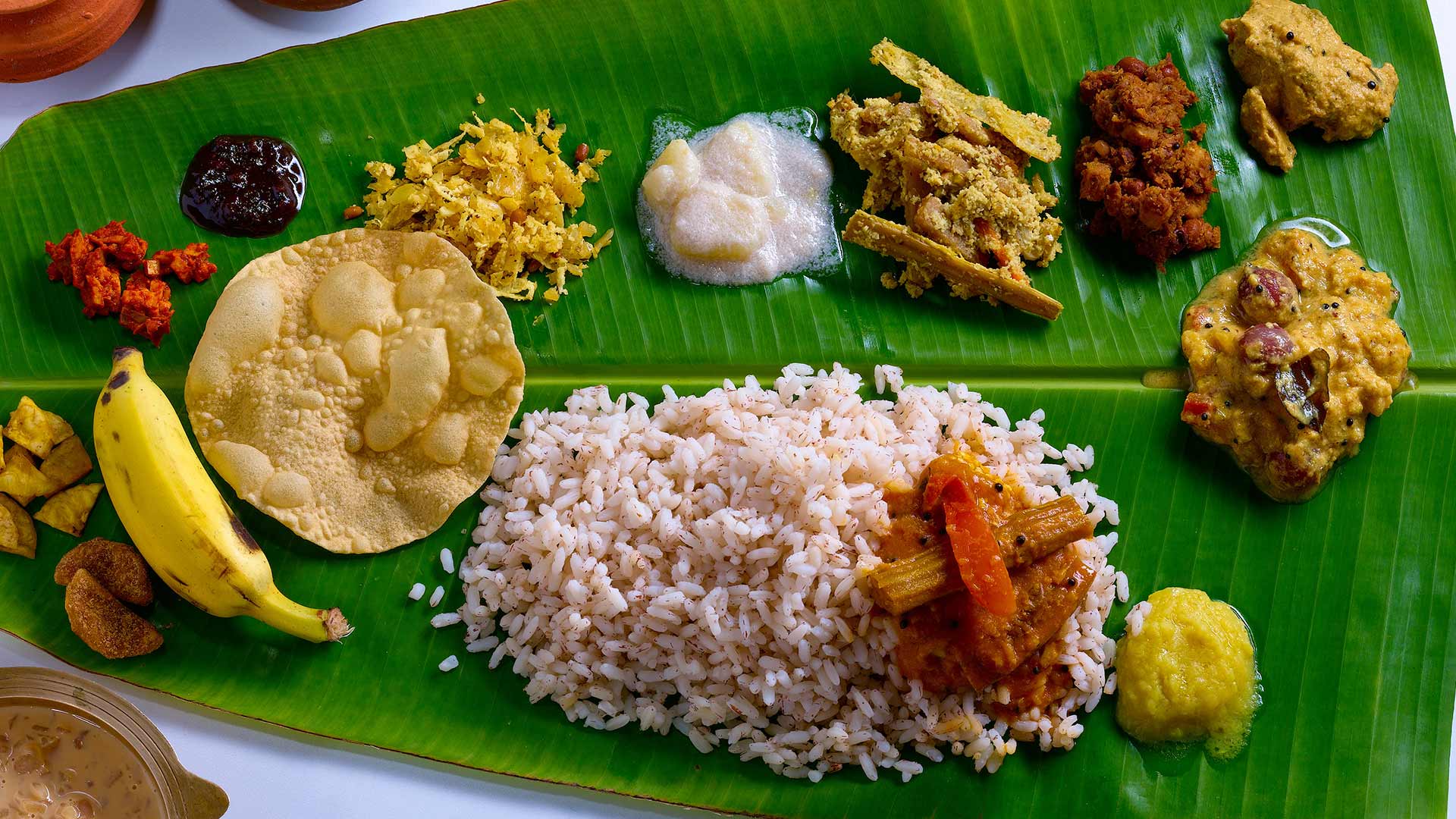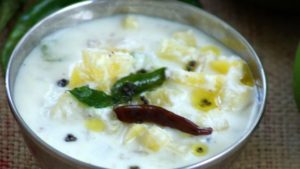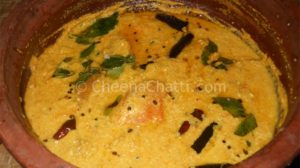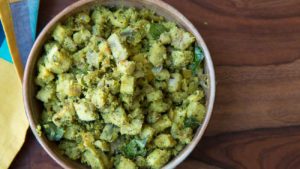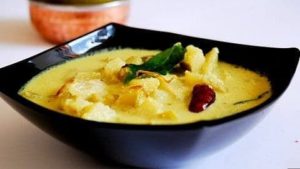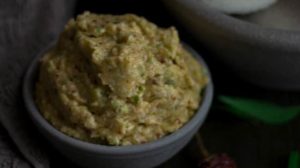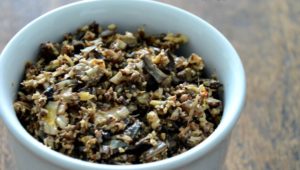One of the places in India with the most diverse and fascinating food history is Kerala. Kerala is unique because of two reason. Due to its geographicals features, it was physically barricaded from the rest of India by mountains and dense forests. This meant that it stayed relatively safe from the adventurous conquests of many an emperor looking to consolidate the peninsula under their banner. Therefore, Kerala has had a unique trajectory of history, which we will deconstruct through the cuisine over a series of articles. It is said that every Keralite is a farmer at heart. Most of the common ingredients used in the kitchen were grown right in backyards.
Banana
One dares not return from a trip to Kerala without bringing a big bags of banana chips for friends and family. Banana has been an integral part of the Kerala cuisine and culture. It is said that there are over 200 varieties of bananas that are grown in Kerala. 3 of the most common ones are nendran, kathali and poovan. The tiny kathali bananas are a dessert fruit that is favoured as a temple offering. The big nendran, a plantain, is used raw to make the famed Kerala banana chips or the popular snack pazham pori or banana fritters. Nendran bananas has recently got a Geographical Indicator certification cementing their origins as unique to Kerala.
The small poovan bananas are served as a snack or as an accompaniment with meals. It is relished with another mallu favourite - Puttu, which is steamed rice flower. The banana is more than just about fruit, it is also consumed as a vegetable. The raw green plantain is used in a variety of dishes including some fish preparations. It is also consumed as a dry stir fry (thoran).
Another part of the banana that is wildly popular in Kerala is the magenta-red flower called kudappan. When the outer leaves of this flower are peeled off, it reveals a pinkish core which can be chopped up and stir-fried as a side dish. The inner pith of the stem called pindi can also be cooked in a similar manner. However, the banana plant's biggest value is the use of its leaves as plates. It can also be used to steam delicate flour based preparations in the kitchen. Many small eateries use banana leaves to make parcels of the food for take away. So it is safe to say, Keralites love bananas!
Mango
Mango is another popular favourite in Kerala. Most houses in Kerala have theor own mango trees. Raw mango is used in many dishes to add that lip smacking tang.Manga Chammanthi (Chutney) is almost a staple in every house during season. Made raw mangoes, coconut and chillies, there is seldom a lunch with it in the summers. Similarly, Manga Pachadi or mango based curry made with coconut paste and curd is another popular dish.
Raw mango slices are added to dishes to impart tartness and acidity. But by far the most common use for mangoes is in pickling. There are several kinds of pickling ranging from a simple pickle of Kadumanga(small raw mangoes) with red chilli and salt to other derivates that use sesame oil, vinegar and fenugreek seeds. Mango pickle is another hot favourite with locals and visitors alike. Because the raw mango lends itself so well to the cuisine, it is more popularly consumed in its un-ripe, tart form rather than the ripe sweet form common in the rest of India.
Here are some amazing recipes to try with Mango and Banana.
Banana
One dares not return from a trip to Kerala without bringing a big bags of banana chips for friends and family. Banana has been an integral part of the Kerala cuisine and culture. It is said that there are over 200 varieties of bananas that are grown in Kerala. 3 of the most common ones are nendran, kathali and poovan. The tiny kathali bananas are a dessert fruit that is favoured as a temple offering. The big nendran, a plantain, is used raw to make the famed Kerala banana chips or the popular snack pazham pori or banana fritters. Nendran bananas has recently got a Geographical Indicator certification cementing their origins as unique to Kerala.
The small poovan bananas are served as a snack or as an accompaniment with meals. It is relished with another mallu favourite - Puttu, which is steamed rice flower. The banana is more than just about fruit, it is also consumed as a vegetable. The raw green plantain is used in a variety of dishes including some fish preparations. It is also consumed as a dry stir fry (thoran).
Another part of the banana that is wildly popular in Kerala is the magenta-red flower called kudappan. When the outer leaves of this flower are peeled off, it reveals a pinkish core which can be chopped up and stir-fried as a side dish. The inner pith of the stem called pindi can also be cooked in a similar manner. However, the banana plant's biggest value is the use of its leaves as plates. It can also be used to steam delicate flour based preparations in the kitchen. Many small eateries use banana leaves to make parcels of the food for take away. So it is safe to say, Keralites love bananas!
Mango
Mango is another popular favourite in Kerala. Most houses in Kerala have theor own mango trees. Raw mango is used in many dishes to add that lip smacking tang.Manga Chammanthi (Chutney) is almost a staple in every house during season. Made raw mangoes, coconut and chillies, there is seldom a lunch with it in the summers. Similarly, Manga Pachadi or mango based curry made with coconut paste and curd is another popular dish.
Raw mango slices are added to dishes to impart tartness and acidity. But by far the most common use for mangoes is in pickling. There are several kinds of pickling ranging from a simple pickle of Kadumanga(small raw mangoes) with red chilli and salt to other derivates that use sesame oil, vinegar and fenugreek seeds. Mango pickle is another hot favourite with locals and visitors alike. Because the raw mango lends itself so well to the cuisine, it is more popularly consumed in its un-ripe, tart form rather than the ripe sweet form common in the rest of India.
Here are some amazing recipes to try with Mango and Banana.
